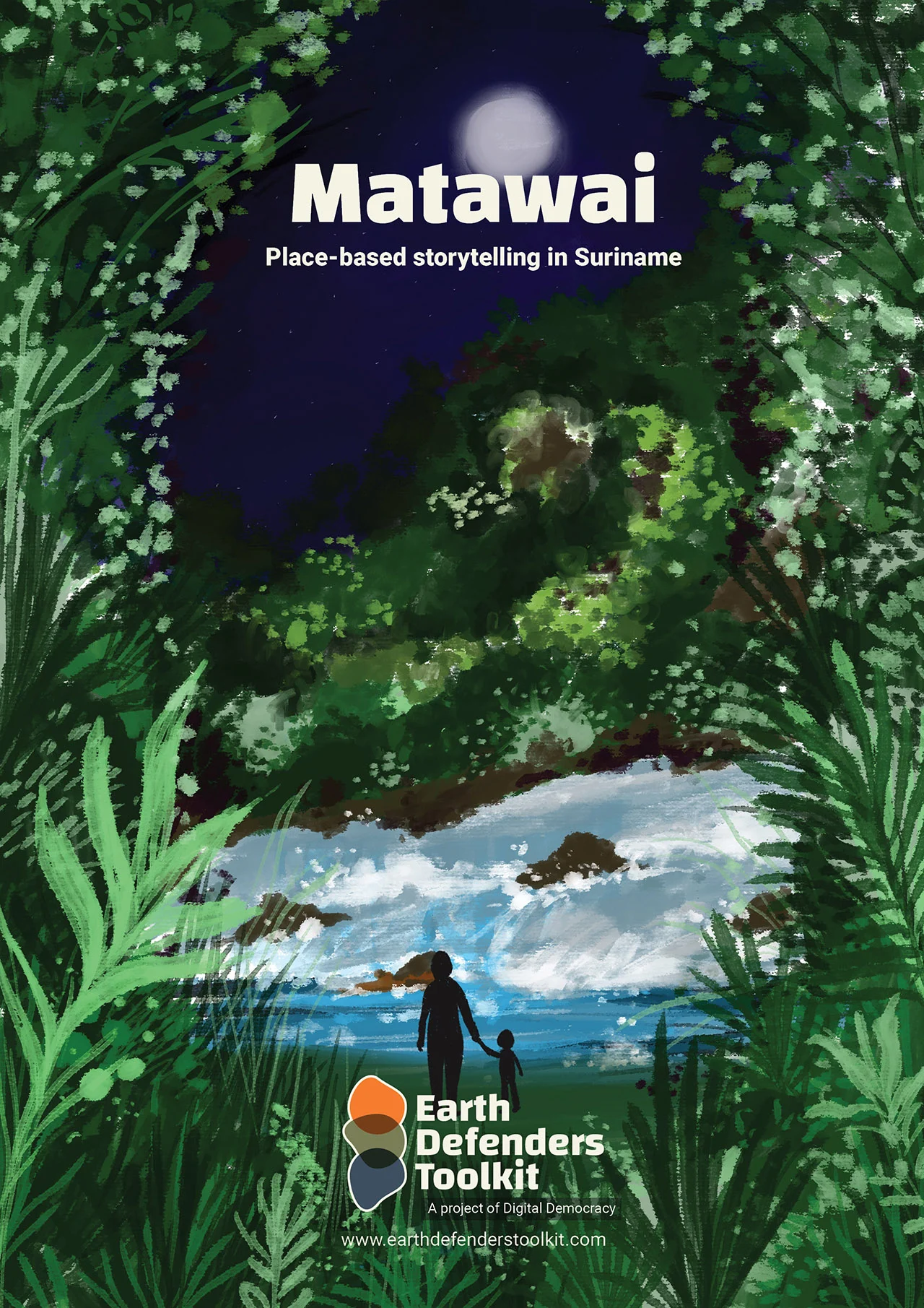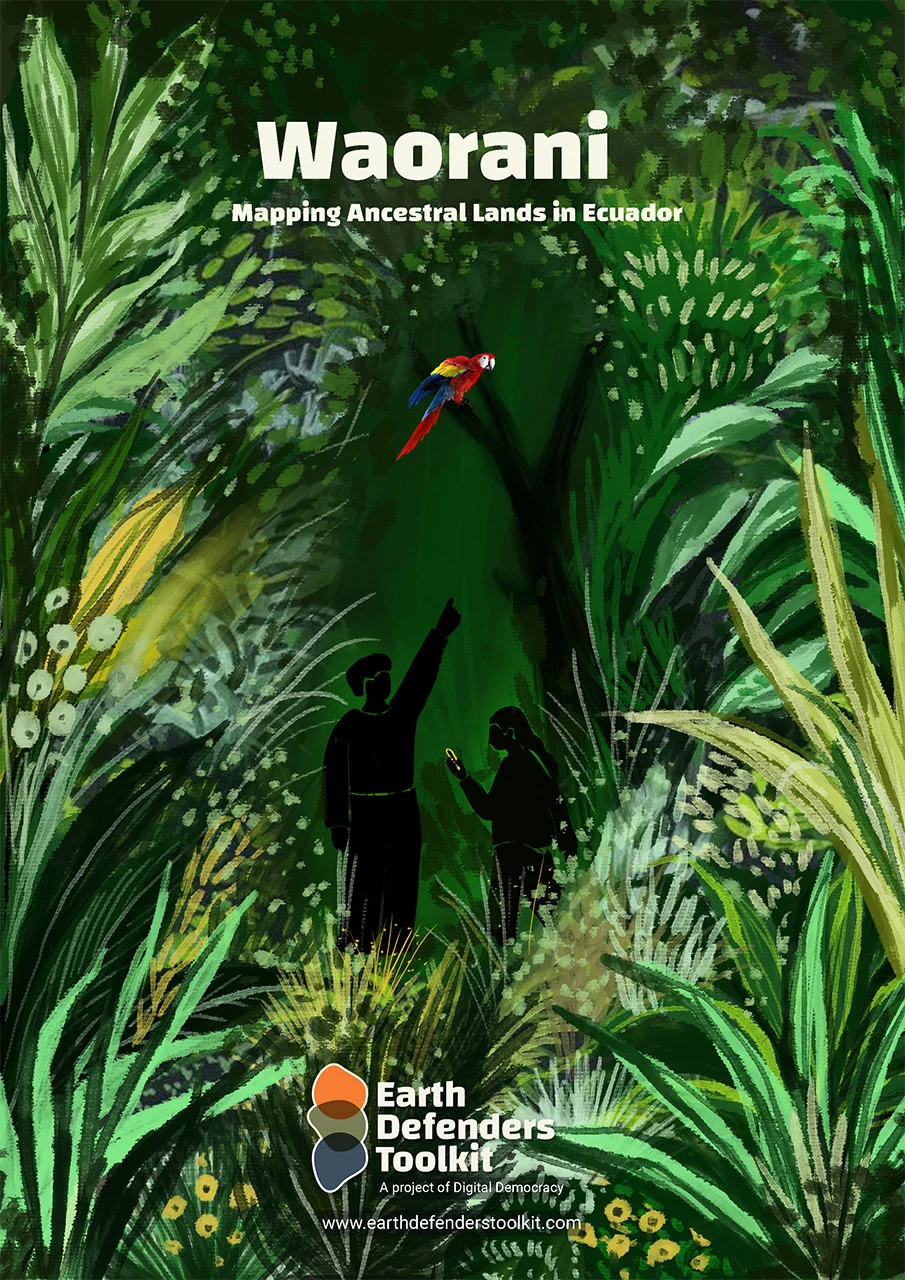Wayana: Consultation protocol based on traditional laws and values

How the Wayana in Suriname created their own consultation protocol based on traditional laws and values
After years of disappointment with outside parties designing projects involving the Wayana but not consulting them or obtaining their consent in a sufficient way, the Wayana Indigenous people of Suriname decided to create their own consultation protocol grounded in their own traditional customs, practices, and values, and in accordance with the FPIC principles from the United Nations OHCHR.

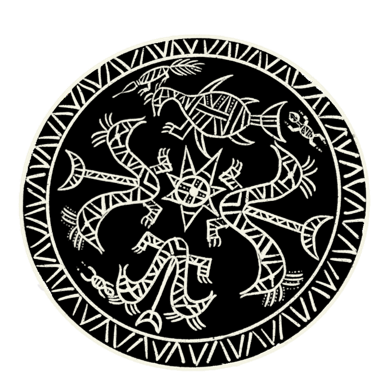
Who are the Wayana and why did they found their own organization
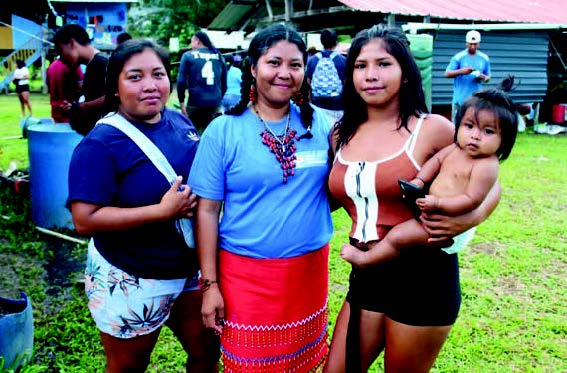
The Wayana are a Carib-related Indigenous people who reside in an extensive area in the south-eastern part of the Guiana highlands in South America, a region divided between Brazil, Suriname, and French Guiana. In Suriname, the Wayana live in a number of villages found along the Lawa, the Litani, the Oelemari and the upper Tapanahony rivers [an area spanning approximately 2.4 million hectares]. There are about 900 Wayanas in Suriname and about 2,500 Wayanas in total. For sustenance, the Wayana hunt, fish and plant cassava and other crops on their lands. The Wayana speak their own language, have their own oral traditions and histories about their territory and cosmology, and practice their own traditional cultural practices, despite increased acculturation.

Until recently, the Wayana were able to live peacefully in their lands in Suriname without any external pressure or influence. However, since about the turn of the 21st century, the Wayana have been contending with an increasing amount of small-scale, alluvial gold mining taking place in and around their lands. Here, as elsewhere in the Amazon, alluvial gold-mining involves the use of mercury to isolate the gold from the soil, which frequently is not disposed of properly and ends up in the waterways. The mercury accumulates in the fish which is consumed by the Wayana, and therefore poses a major threat to community public health. In addition, miners who come from outside of the community conduct their own hunting, resulting in a scarcity of wildlife for the Wayana to catch. The gold mining is both legal and illegal in nature – there are both garimpeiros (Brazilian gold miners) who illegally cross the border into Suriname to conduct mining, as well as small enterprisers from the capital city of Paramaribo who have received temporary rights to a concession for mining activity. Suriname is the only country in South America that does not yet recognize Indigenous land rights, and so the Wayana are left powerless to stop concessions from being given out.
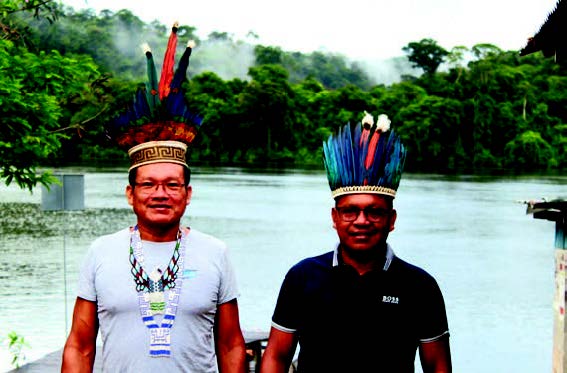
In recent decades, the Surinamese government and other national or international organizations have frequently approached the Wayana to involve them in sustainable development or conservation projects as an alternative to the extractive industries, or to consult them on ongoing work to develop legislation on land rights in the country’s interior. However, the Wayana found that these projects or consultations were often devised beforehand by non-Indigenous people in the city or abroad, and presented to the Wayana (via a translator) mainly to obtain a stamp of approval so that the work could be implemented – without any meaningful attempts to garner, or engage with, feedback from the community. In addition, at times the Wayana were made aware of the large amounts of money that was flowing into these projects, but found that barely any of it actually made its way to the community, prompting them to ask whether these projects are actually designed to benefit the community, instead of benefiting the government and the organizations themselves.
After several incidents in which the Wayana were deeply disappointed by external actors coming in with their preconceived projects that did not at all reflect what the Wayana actually wanted, they decided to take action for themselves. In April 2018, with support from the Wayana paramount chief Ipomadi Toko Pelanapin, the Wayana founded their own Indigenous organization called the Mulokot foundation, named after the master water spirit in the Wayana cosmovision. The Mulokot organization has a board composed entirely of Wayana community members, who answer to the traditional leaders of the Wayana villages (in fact the board of directors). The goals of the organization are to implement projects that are entirely grounded in the Wayana’s own worldview and vision for development, and derived from management plans that are created by the villages and traditional leadership themselves. Their slogan “nothing about us, without us” speaks to their willingness to collaborate with external parties, as long as they are sincere in their respect for the Wayana’s desire to determine their own future.
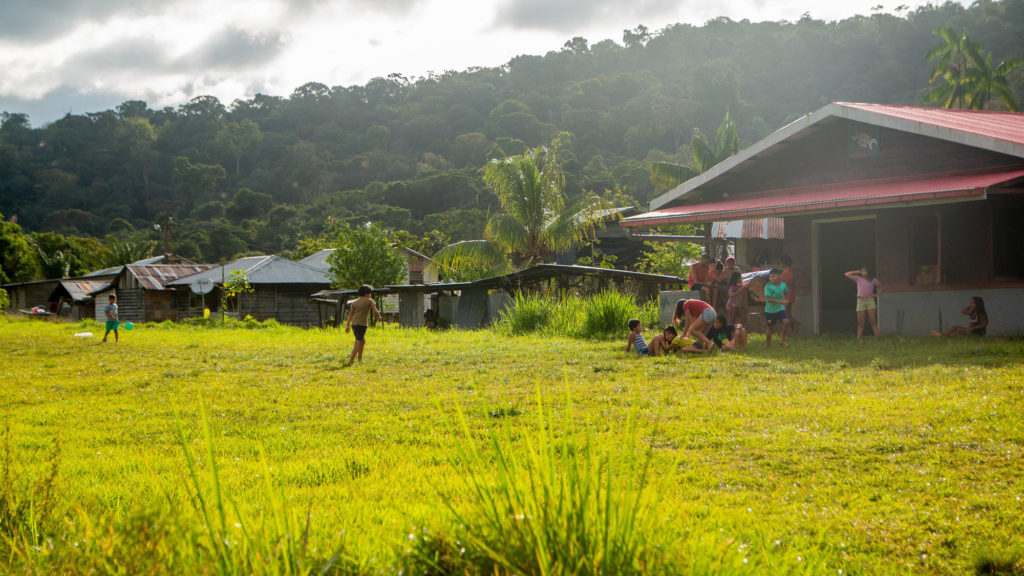
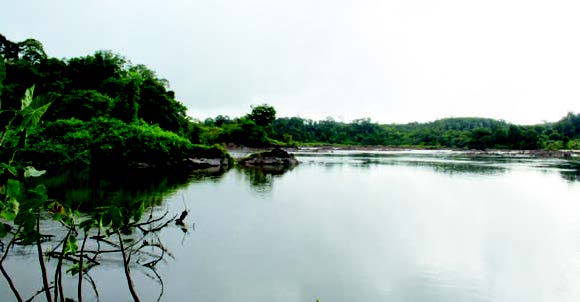
Why did the community start to create their own protocol for consultation?
From the very beginning, since the Mulokot organization was founded, the community considered developing a specific protocol for free, prior, and informed (FPIC) consent to be of the highest priority. This was because of the aforementioned prior experiences with outsiders (parasisi in the Wayana language). When outsiders, such as representatives of the government or non-government organizations, would come to the Wayana with a project idea, it was generally always planned beforehand without the full involvement of the Wayana, and certainly not in line with the traditional ways in which the Wayana make decisions.
The Wayana report the following tendencies in the ways outsiders design projects involving the Wayana or try to solicit their consent, and that other Indigenous communities have experienced the same:
- The outside party seeks funding for a project that was not explicitly cleared by the Wayana, and the Wayana are not informed until the funding has already been approved and received.
- Once funding has been obtained, the outside party representative visits the village and organizes a krutu (village meeting) to present the project, and seeks consent or a decision made by the community before leaving. Most of the time, they stay only a couple of hours or just one day in the villages.
- Information about a project idea is presented through a “powerpoint” presentation, and tends to be incomplete; full details about the project and activities, the budget, or how the proposal was written, are not shared. In terms of possible project outcomes, only the positive aspects are named.
- The outside party representative speaks in a language that is not Wayana – at best, in Sranantongo (a creole, the lingua franca of Suriname) and at worst, a Western language like Dutch or English. A community member has to translate into Wayana, and frequently, details are lost in translation. Sometimes, the Wayana interpreter is hired by the outside party, and not appointed by the traditional authority. Many buzzwords like “land rights” or “development” can not be translated in Wayana which further complicates decision making.
- The outside party representative attempts to obtain consent only from the traditional leadership (or one of them), or the government-appointed authorities, but not from the community as a whole, as per the traditional Wayana protocol. In spite of these tendencies, the outside party representative will nevertheless claim to have abided by general principles of free, prior, and informed consent, but which miss the mark of the specific customs of the Wayana community.
- In some cases, bribing traditional leaders is part of the strategy to get consent from the community.
After a number of such incidents, which led to disappointment on behalf of both the Wayana traditional leadership and the community as a whole, the Mulokot organization – in partnership with two other Wayana community organizations, Piya and Paatu – decided to write their own protocol for consultation. The consultation protocol is grounded in Wayana traditional culture and practices, in order to prevent outside parties from “checking the box” of having obtained FPIC in a general, and therefore unsubstantive, way. They made this protocol available in English, Dutch, and Wayana so that Wayana community members themselves can have direct access to the protocol at any time in their own language, and any outside party seeking to take on a project with the Wayana can have access and be held accountable.
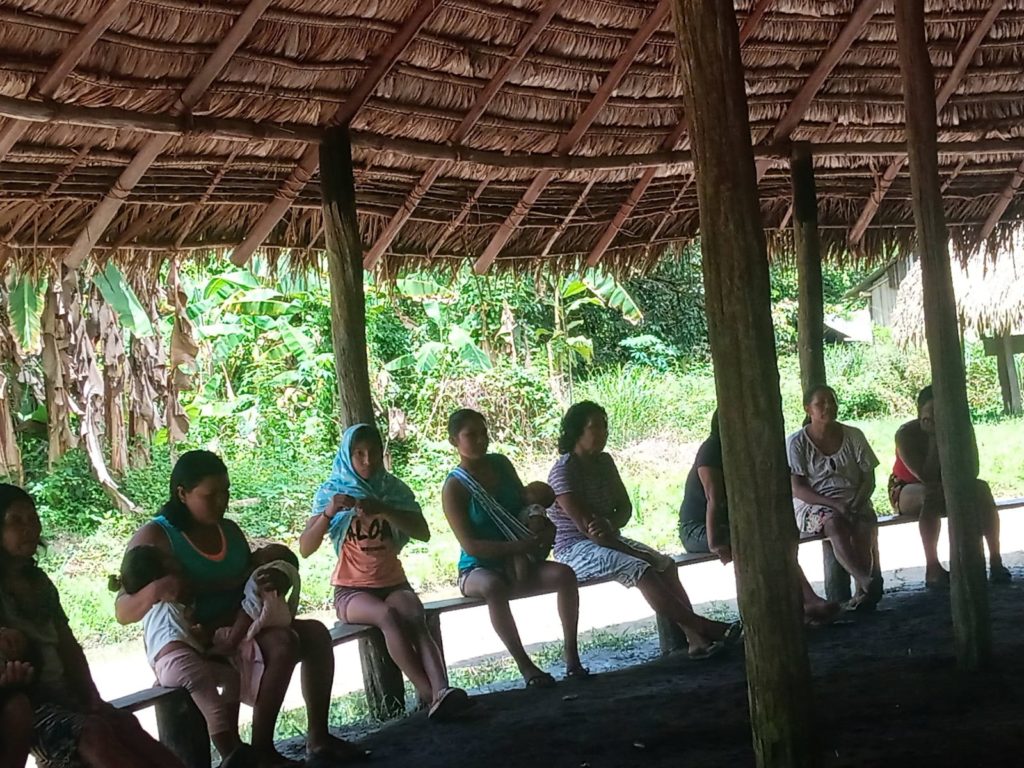
What the Wayana consultation protocol specifies
The Wayana Indigenous People Consultation Protocol: Protection of the rights of the Wayanas in the field of self-determination, participation and decision-making was published on December 18, 2020 and contains a number of protocols for consultation specific to the Wayana community. The document can be accessed and read directly, but a few examples of the protocols include the following:
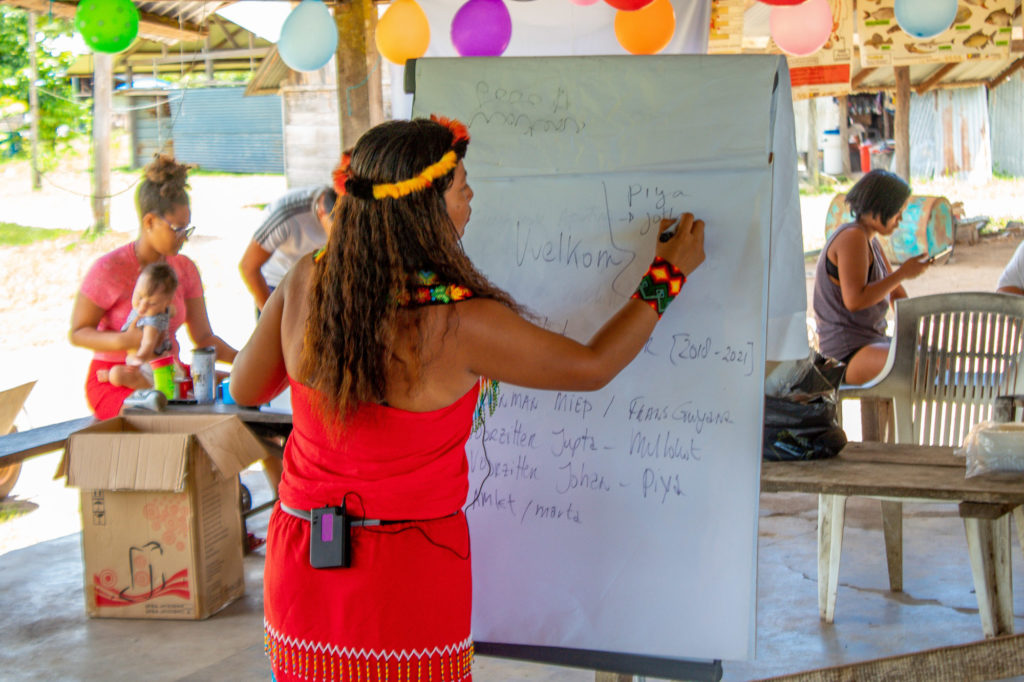
- While each Wayana village has an appointed traditional leader, and some of the villages have their own community-based organization, all Wayana must get the chance to be involved in the decision-making process and must get proper information about the project or activity.
- Any proposal to conduct a project with the Wayana must be presented in such a way that all Wayana can understand the project entirely, with all details, advantages and disadvantages clarified to the fullest extent.
- Outside parties seeking to do consultation with the Wayana must finance the entire consultation process from their own budget – this includes not only the meeting with the outside party, but also any internal meetings which the Wayana wish to have for deliberation and consensus building.
- Interpreters (translators) must be present at all meetings, and must be appointed by the Wayana traditional authorities.
- Meetings to inform or make decisions must always be held in one of the Wayana villages, and in the invitation to the meeting it must state clearly if the purpose is to provide information, or to make a decision.
- All meetings must be recorded and have minutes; any minutes written in Dutch must also be translated into Wayana and signed by the outside party. Any translation costs must be covered by the outside party.
- Outside party representatives that visit a Wayana village to hold a meeting must prepare to stay at least two nights in the village, to allow for proper time for deliberation and discussion.
- The outside party must send a representative who has the authority to take decisions on that party’s behalf, and must have complete knowledge and responsibility on the subject.
- The Wayana will determine the appropriate length of time for arriving upon a decision, and outside parties must not interfere with this process.
- If needed, the Wayana have the right to ask for additional meetings with the outside party to receive more information before making a decision.
- The Wayana also have the right to make proposed amendments to the project, or to reject the project altogether.
- Once a decision has been made to move forward with a project, an agreement must be signed, and both planning and implementation must be undertaken directly with the Wayana. During the project both parties are equal, and respect everybody's opinion and feedback.
The Wayana consultation protocol is available on the Mulokot Foundation website at http://mulokot.com, as well as on the Cultural Survival website.
Outcomes and impacts
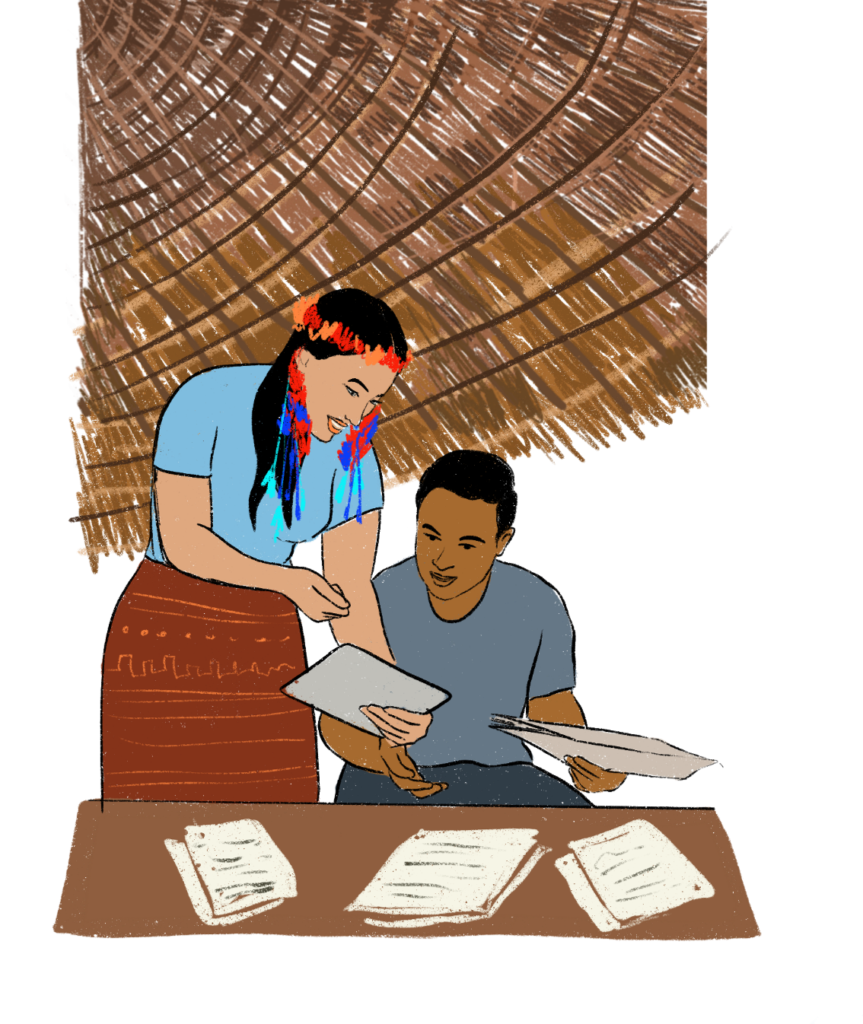
Outcomes:
Since the completion of the Wayana consultation protocol, Mulokot reports that some international non-governmental organizations have taken the protocol very seriously and have abided by the rules, whereas others still try to find ways to “push through” their projects in spite of the protocol. However, the community is now in possession of a document to point these organizations to when this happens. In one case, it has been successfully utilized to turn away a foreign organization that came to the Wayana with a project idea but failed to provide full details such as the complete budget of the project. When the organization refused to share this information as requested by the Wayana, the protocol was used as a means of internal deliberation, and justification for refusing to work with this organization.
In addition, having undertaken the creation of this consultation protocol entirely themselves, and in their own language, the Wayana report a great feeling of pride in their ability to do this work autonomously.
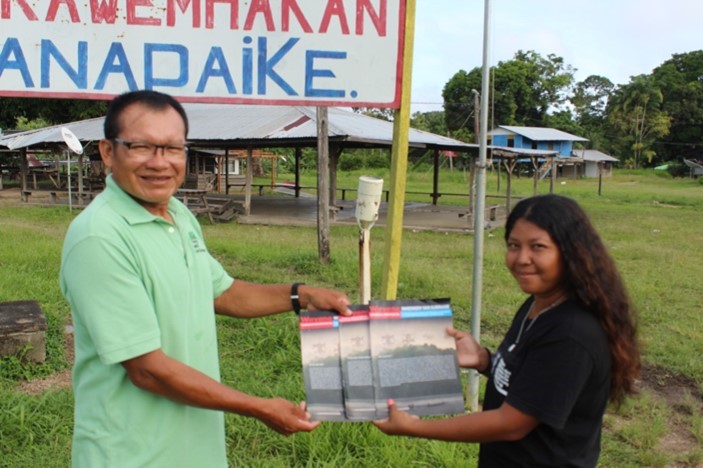
The community’s action process
Elements:
People:
The work to consult the Wayana community about what should go into the consultation protocol was stewarded and undertaken by the Mulokot organization. Within each village, efforts were made to include the perspectives of men, women, elders, and youth in the process. Oversight of the project was done by the Mulokot board, which is composed exclusively of Wayana community members, and the Wayana traditional leadership.
Values:
The Mulokot organization approached the creation of the Wayana consultation protocol under the principle of etäkëlë, a Wayana word meaning togetherness. This entails that all of the Wayana communities must agree to the consultation protocol, and have been given ample opportunity to provide input and feedback, as well as have the right to detail their own specific processes if they choose to do so. The project was deeply informed by the Mulokot organization’s slogan of “nothing about us, without us”, expressing the Wayana’s desire to be in complete control of determining the future of their lands and their community directly.
Technology:
List of tools that were used:
- Paper, pens, notebooks
- Flipchart
- Projector
- Computers
- Graphic design program
- Printer
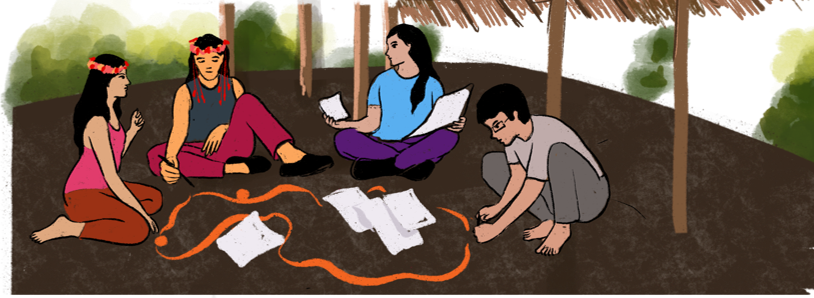
Workshop and Trip Resources:
- (Chartered) flights to the three main villages
- Boat, fuel and food supplies
- Food and drinks for workshops (including ammunition for hunting bush meat)
- Personnel: Cooks, facilitators and translators (to the Tarëno language, spoken in Palumeu)
- Accommodation (lodging)
The following steps were taken to establish the Wayana consultation protocol:
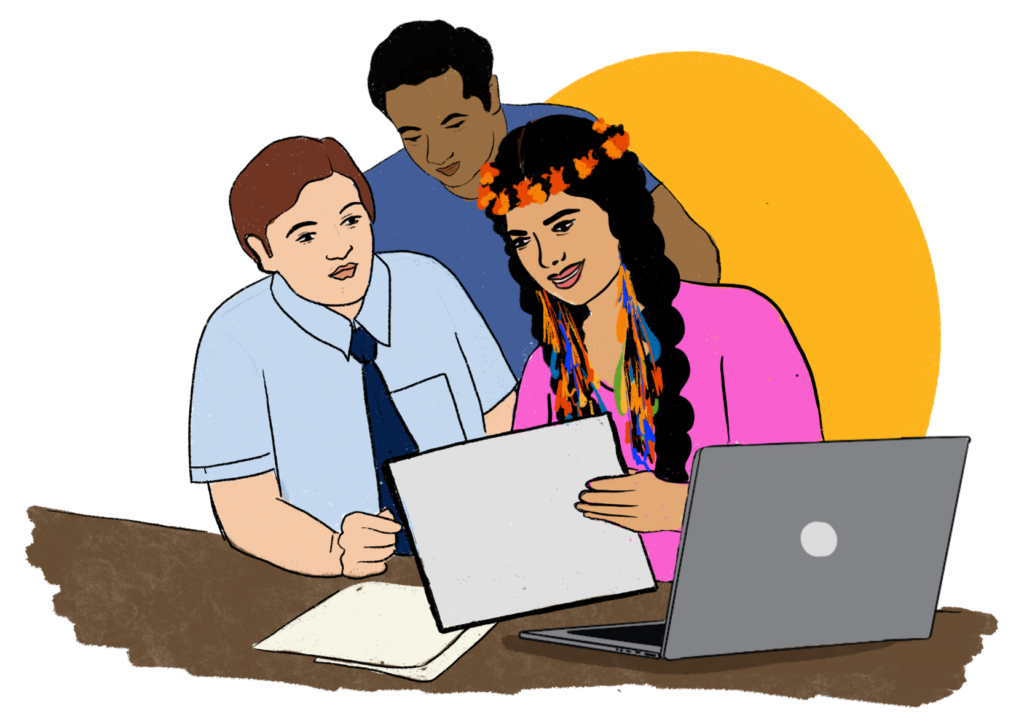
- The first step was collecting any existing consultation protocols from other Indigenous communities and guidelines, including from the VIDS (the national Association of Village Leaders in Suriname), a Surinamese engagement protocol related to REDD+, and a protocol made by the Wayampi community in Brazil. As well as the United Nations OHCHR Declaration on the Rights of Indigenous Peoples.
- All of these documents were translated into Wayana and Dutch.
- The Mulokot Foundation organized informational trips to the three main villages, with the objective of informing and organizing discussions for three days. During these sessions, all of the village members were present, including men and women (who are considered equal agents in the Wayana culture).
We discussed:
- What FPIC or consultation means in general.
- What FPIC or consultation means for the community members.
- The translated protocols from different communities
- Experiences they have had with people or organizations that come to their villages
- The role of the government, and how to put that in a Wayana consultation protocol
- Which “rules” do they want in a Wayana consultation protocol
- Are there any differences between the villages (e.g. do they have their own rules that are unique)
- Based on the translated documents and all the information gathered in the villages, developing their draft consultation protocol.
- Inform the traditional leaders about the draft, and ask them to give feedback.
- Inform the traditional leaders about the final version, and ask them to give feedback.
- Translate the consultation protocol in Dutch and English. (During the participatory drafting process, the protocol was written partially in Wayana and Dutch depending on who was involved. At this stage, it was necessary to translate to Dutch for a contracted designer to be able to make sense of the copy.)
- A contracted designer lays out a draft of the fully designed consultation protocol.
- Share the draft layout to the paramount chief and ask for feedback (in Wayana).
- Printing the finalized Wayana consultation protocol in three languages.
- Sending a copy of the consultation protocol in Wayana to the main villages and village leaders.
- Sharing a press release and the consultation protocol on Mulokot’s social media and website.
- Sharing a copy of the protocol to all of the outside organizations (e.g. non-government organizations, and government entities), as well as bringing a copy to every meeting that the Wayana have with an outside entity to remind them of the protocol and how the Wayana make decisions.
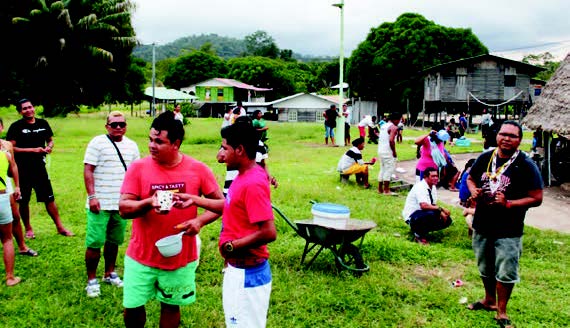
Based on Mulokot’s experience, they share the following advice for other communities seeking to compile their own consultation protocol:
- Take your time, don’t rush.
- Do it yourself, don't let outsides interfere or take the lead. They can help or advise you, but do it yourself on your own terms.
- During the creation of this protocol, never think in terms of: “what will our government think about this, or other organizations…”, that is not important. These are your own consultation protocols, the rules when outsiders come into your “home”. You are the boss of your own home, so you can decide what the rules are.
- Talk about the experiences the community members have in recent years, and not only the bad experiences, but also examples of good experiences.

- Every village / community has its own rules – don’t expect to make a general consultation protocol if more than one community is involved. (You can probably arrive upon a common baseline, but then every community can put their own specific rules or traditions into the protocol.)
- Don’t expect that everybody will respect your consultation protocols just because you have them – count on it that some outside parties will ignore them. However, be strong as a community and force them to follow your consultation protocols.
- Similarly, don’t be surprised if some community members don’t follow the consultation protocol if they can personally benefit from a project or activity proposed by an outside entity. Nevertheless, be vigilant as a community and ensure that members are reminded about the “rules” that everyone had a hand in establishing.
- The consultation rules are not only for people or organizations from outside, they also count for people from within the community, including any community-based organizations that were involved in creating them. (Mulokot is expected to follow the Wayana consultation protocol just as much as anyone else.)
- To be clear – creating a community-based consultation protocol is not enough; it has to be put into practice, and enforced if necessary. The implementation of the protocol is just as important as the writing of the protocol. But if you go about it the right way, where the entire community has input into the process, the ownership will be there. The process of creating a consultation protocol in a participatory way will help to create a feeling of community solidarity, awareness, and commitment.
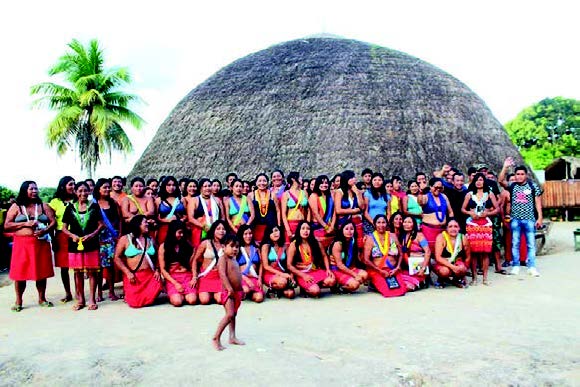
Further reading and viewing:
- Protocols: Consultation Protocols in English, Dutch, and Wayana, Mulokot Foundation.
- Article: Mulokot Foundation Develops Consultation Protocol Brochure with Wayana Peoples of Suriname, Cultural Survival, March 29, 2021
- Article: The Wayana Indigenous Peoples in Suriname and Conservation NGO’s: A “true love” story? Jupta Itoewaki, World Rainforest Movement, March 11, 2019.
- TED Talk: An Indigenous perspective on humanity’s survival on Earth. Jupta Itoewaki, TED, October 21, 2022.


